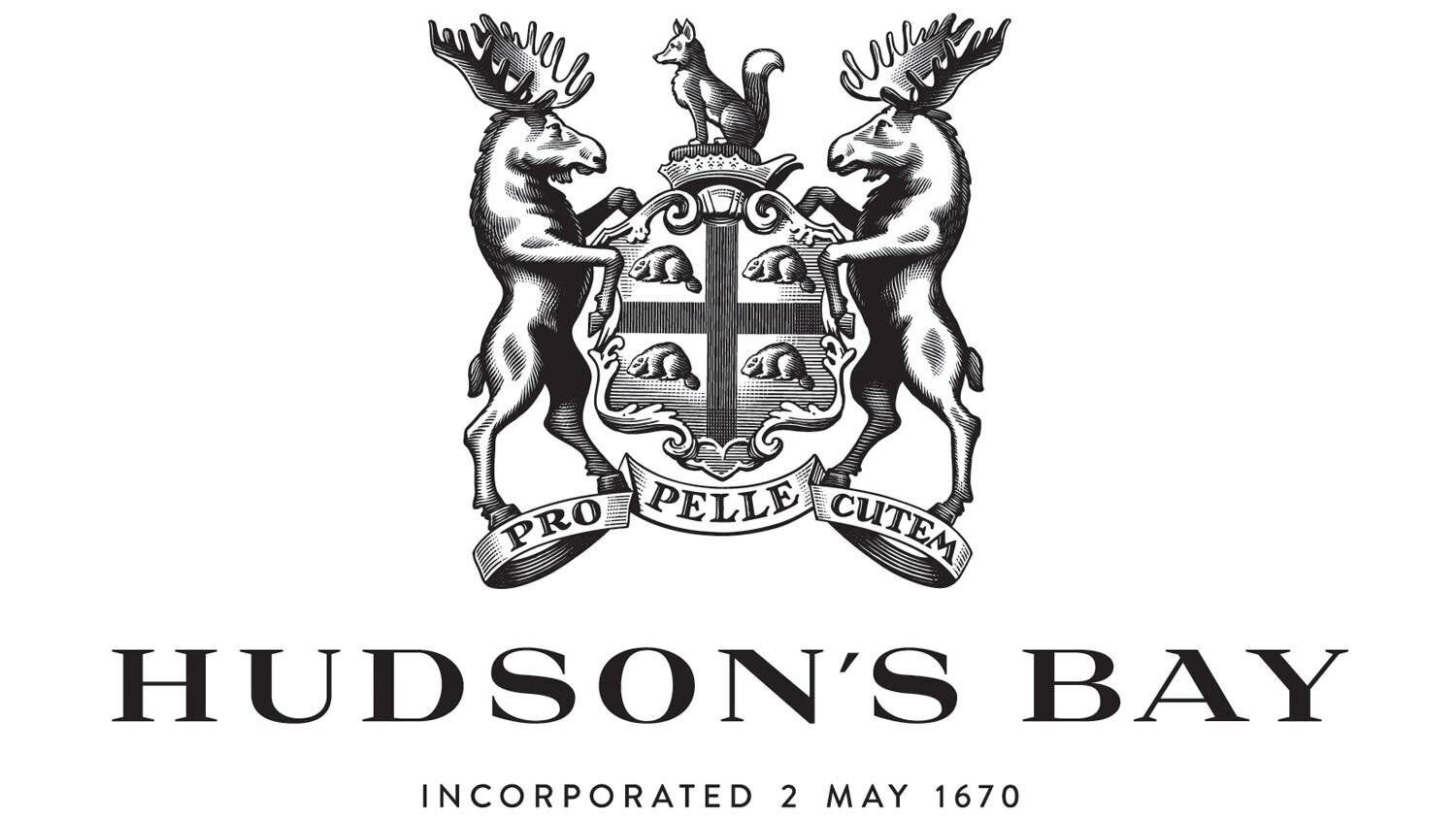Written By Guest User, Posted on January 14, 2020

Having celebrated its 350th Anniversary last week, Hudson’s Bay Company has come under financial distress amidst a changing retail industry. Its stocks have taken a tumble, and new ownership seeks to reconcile its assets. Pondering the longevity of the company, some would contemplate if HBC is worth saving. If it cannot adapt, then let the free-market rid itself of the failing enterprise. Ruthless, I know. But that pales in comparison to the struggles and exploitation incurred by Canada’s Indigenous Peoples. For them, it’s a matter of honour, culture, and embracing reconciliation.
For Canada’s Indigenous Peoples, the answer to that question is less cut-and-dry. Having browsed its heritage site, the lack of Indigenous perspectives proves concerning.
At the bottom of its home page, HBC Heritage provides a brief rationale as to its preservation and education of its history. Herein, they state:
“HBC Heritage is an internal department of Hudson’s Bay Company. We are committed to the preservation, education, and promotion of Hudson’s Bay Company’s history and the ongoing care and maintenance of the Company’s historical HBC Corporate Art, Artifact, Image, and Reference Collections.”
Whose history are they protecting, exactly? With Indigenous oral history portraying a darker past for the “iconic” Hudson’s Bay point blanket, the site, created with good intentions, is rather dissatisfying.
Though experts argue there was no documented evidence indicating it was used to purposely spread smallpox. By the same token, they “can’t guarantee it never happened.” According to the diary entries of William Tomison, inland master of HBC in 1778, his account of the smallpox epidemic of 1781 and 1782 “is the most detailed record of the first catastrophic epidemic known to have affected the native populations of the (Canadian) plains.”
The mortality rates of such were extremely high, accounting for a 95 per cent fatality rate in one such example at Cumberland House. Only 13 of 288 total Indigenous Peoples mentioned in the Tomison diary survived.
He also notes of the “remarkable compassion” displayed to the Indigenous Peoples, in which those afflicted with smallpox were treated humanely. They were quarantined, provided with food, shelter and 24-hour care.
According to a study by the University of Colorado and Queen’s University, smallpox was unheard of on the western plains until 1780. In the oral histories of the Cree and other First Nations, the impact of smallpox was profound on their populations. They were not exposed to the pathogen prior to, and the mortality rate often exceeded 90 per cent the local tribes.
Based on other accounts, including that from David Thompson, it is generally agreed that one-half to three-fifths of the Indigenous population perished. The authors of the study compared their experience with smallpox to Black Death in medieval England.
Hey there You have done a fantastic job I will certainly digg it and personally recommend to my friends Im…